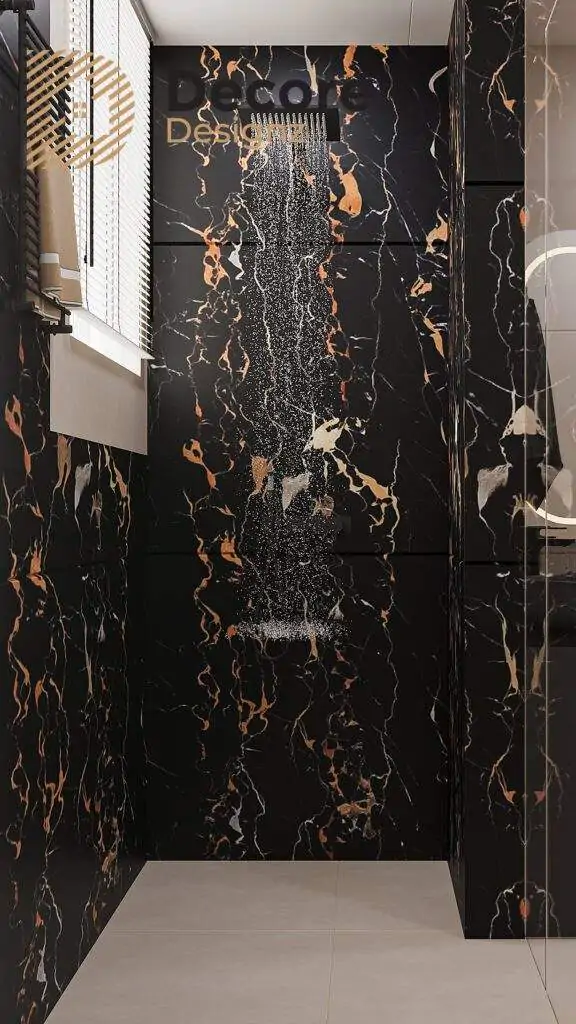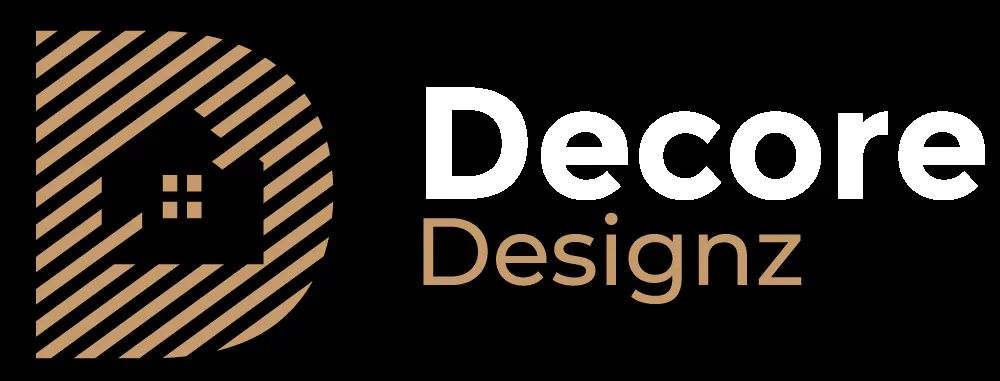Designing a bathroom involves more than just selecting tiles and colors. It begins with meticulous bathroom space planning and layout to ensure the space is functional, comfortable, and aesthetically pleasing. Whether you’re remodeling an existing bathroom or designing a new one, understanding the key principles of bathroom space planning and layout will set the foundation for a successful project. Here’s your guide to getting it right.
1. Assess Your Space
Measure and Analyze
Start by measuring your bathroom. Note the room’s dimensions, including ceiling height. Identify the locations of existing plumbing and electrical outlets, as these can influence your bathroom space planning choices. Analyze the current layout to determine what works well and what doesn’t.
Identify Your Needs
Determine the primary function of the bathroom. Is it a master bathroom meant for relaxation, a busy family bathroom, or a compact powder room? Each type has different requirements. Make a list of must-have features and nice-to-have additions. Consider the number of users and their specific needs, such as storage, accessibility, and ease of cleaning. This is crucial in the initial phase of bathroom space planning.
2. Space Planning Essentials
Optimize Traffic Flow
Ensure there is enough space for comfortable movement. Avoid creating tight corners and narrow pathways. The sink, toilet, and shower or tub should be easily accessible without any obstructions. In small bathrooms, consider pocket doors or sliding doors to save space. This is a key aspect of bathroom space planning.
Zoning Areas
Divide the bathroom into functional zones: the bathing area, the vanity area, and the toilet area. This zoning helps create an organized layout and enhances privacy. For instance, placing the toilet in a separate alcove or behind a partial wall can provide a sense of seclusion, enhancing your bathroom space planning.
3. Fixture Placement
Bathtub and Shower
The bathtub or shower is often the focal point of the bathroom. Position it where it can be easily accessed but doesn’t disrupt the flow of the room. In smaller bathrooms, a corner shower can save space, while a freestanding tub can make a statement in larger spaces. Thoughtful fixture placement is vital in bathroom space planning.
Vanity and Sink
The vanity area should have ample space for daily grooming activities. Ensure there’s enough countertop space and consider double sinks for shared bathrooms. The sink should be placed near the plumbing wall to minimize installation costs. Adequate lighting is crucial here for tasks like shaving or applying makeup. Proper fixture placement can enhance the bathroom space planning significantly.
Toilet
The toilet should be placed in a discreet yet accessible location. A common practice is to position it away from the bathroom door or to tuck it into a corner. Ensure there’s at least 30 inches of space in front of the toilet for comfortable use. Strategic fixture placement ensures a functional bathroom space planning.
4. Ergonomics and Comfort
Height and Reach
Install fixtures at comfortable heights. The sink should be around 32-36 inches from the floor, while the toilet seat height can range from 15-19 inches. Ensure that all controls, such as faucet handles and showerheads, are easily reachable. Considering ergonomics in bathroom space planning enhances user comfort.
Clearances
Maintain adequate clearances around each fixture. For instance, there should be at least 24 inches of clearance in front of the sink and toilet. The shower should have a minimum interior size of 30×30 inches to allow comfortable movement. Clearances are crucial for a functional bathroom space planning.
5. Accessibility
Universal Design
Incorporate universal design principles to make the bathroom accessible to everyone, regardless of age or ability. This includes installing grab bars, using non-slip flooring, and ensuring the shower is curbless or has a low threshold. Accessibility is an essential consideration in bathroom space planning.
Aging in Place
If you’re designing with aging in place in mind, consider features like a higher toilet seat, lever-style faucet handles, and a shower bench. These elements make the bathroom safer and more comfortable for elderly users. Incorporating these features into your bathroom space planning ensures longevity and comfort.
6. Storage Solutions
Built-In Storage
Maximize storage with built-in solutions such as recessed shelves, medicine cabinets, and vanity drawers. These keep the space organized and clutter-free. Utilize vertical space with tall cabinets or shelving units. Smart storage solutions are key to efficient bathroom space planning.
Creative Ideas
In smaller bathrooms, get creative with storage. Use over-the-toilet shelves, install hooks for towels, and consider wall-mounted baskets or caddies. Multi-functional furniture, like a vanity with integrated storage, can also save space. Creative storage solutions are integral to effective bathroom space planning.
7. Final Touches
Lighting
Good lighting is essential for both functionality and ambiance. Combine ambient lighting with task lighting around the vanity and accent lighting to highlight architectural features. Use dimmers to adjust the mood. Lighting is a crucial aspect of bathroom space planning.
Ventilation
Proper ventilation prevents mold and mildew. Install a high-quality exhaust fan and, if possible, include a window for natural ventilation. Ensure the fan is appropriately rated for the size of your bathroom. Effective ventilation is an important consideration in bathroom space planning.
Style and Aesthetics
While planning the layout, keep your preferred style in mind. Whether modern, traditional, or rustic, the layout should complement the overall design. Use cohesive materials and finishes to create a harmonious look. Style and aesthetics should be integral to your bathroom space planning.
Conclusion
Effective bathroom space planning and layout are the cornerstones of a functional and beautiful space. By carefully considering space planning, fixture placement, ergonomics, accessibility, storage, and final touches, you can create a bathroom that meets your needs and enhances your home. Take your time to plan meticulously, and don’t hesitate to consult professionals for complex projects. Happy designing!


